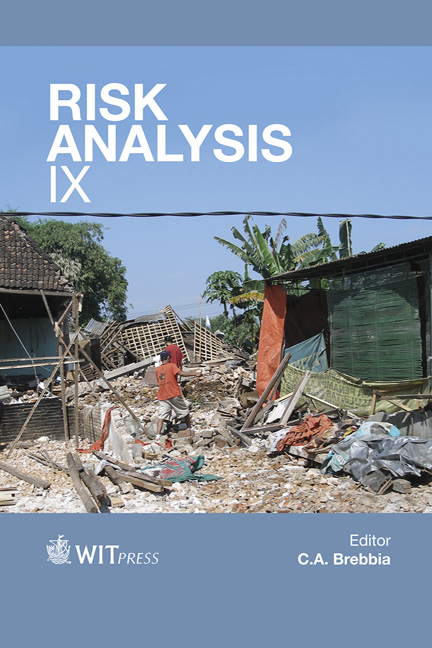Earthquake Damage Assessment: A Theoretical Framework And Its Application To Algerian Buildings
Price
Free (open access)
Volume
47
Pages
12
Page Range
153 - 164
Published
2014
Size
1,515 kb
Paper DOI
10.2495/RISK140141
Copyright
WIT Press
Author(s)
M. Boukri, M. N. Farsi, A. Mébarki & M. Belazougui
Abstract
Algeria is one of the countries that have experienced several moderate to strong earthquakes during the last three decades causing considerable damage in the urban areas. This damage can be reduced if we proceed to estimate the seismic risk in sufficient time in order to take adequate preventive measures. In this paper, an earthquake damage assessment methodology, adapted from HAZUS approach (Hazard-United States) to the Algerian building context, which relies on the capacity spectrum method, is presented. It aims to estimate the damages and potential losses that may be generated by a given earthquake in a prone area. This methodology was calibrated and validated using the data of observed damages for ~3,700 buildings in Boumerdès city in the aftermath of the May 21st 2003 earthquake (Mw = 6.8). On the other hand, this methodology constitutes a decision-making tool for the concerned governmental organizations in charge to give the seismic warning with a level relative to the damage level, which can be estimated automatically by the data-processing code developed for this purpose, once the epicentre is localised and the magnitude known. Keywords: Algeria, buildings, Hazus, vulnerability, fragility, capacity, damage, elastic spectrum, Boumerdès earthquake, Algerian seismic code.
Keywords
Algeria, buildings, Hazus, vulnerability, fragility, capacity, damage, elastic spectrum, Boumerdès earthquake, Algerian seismic code.





